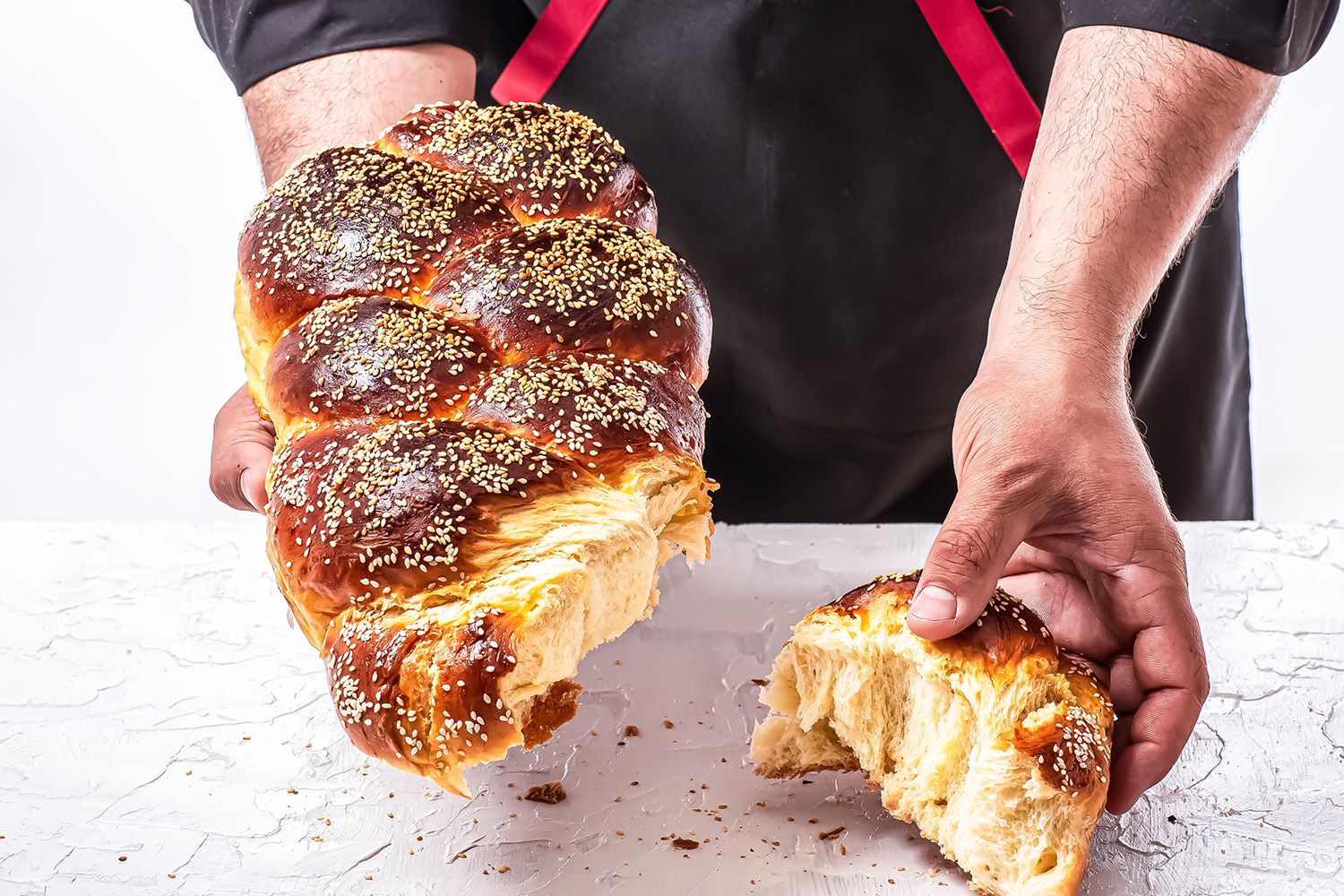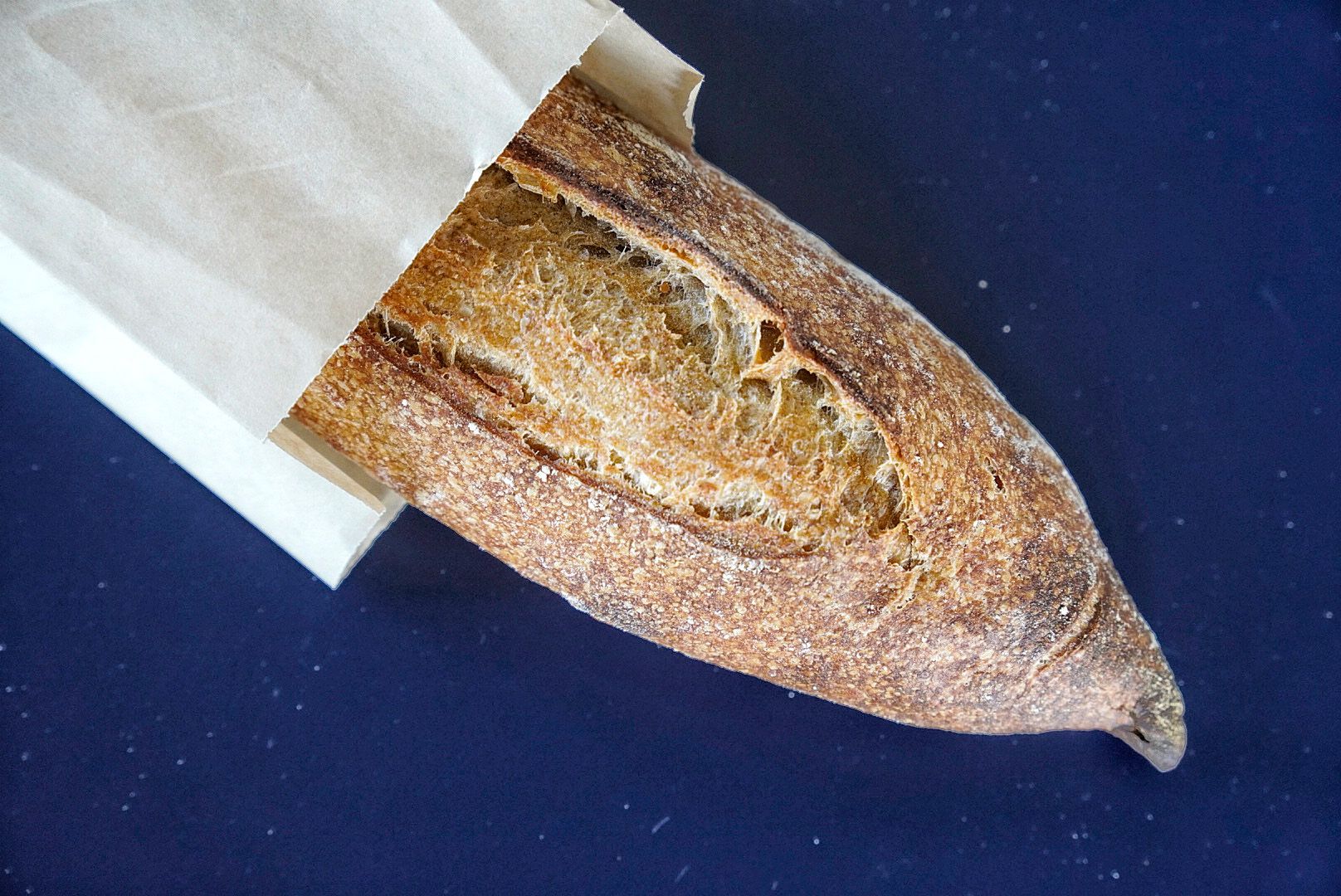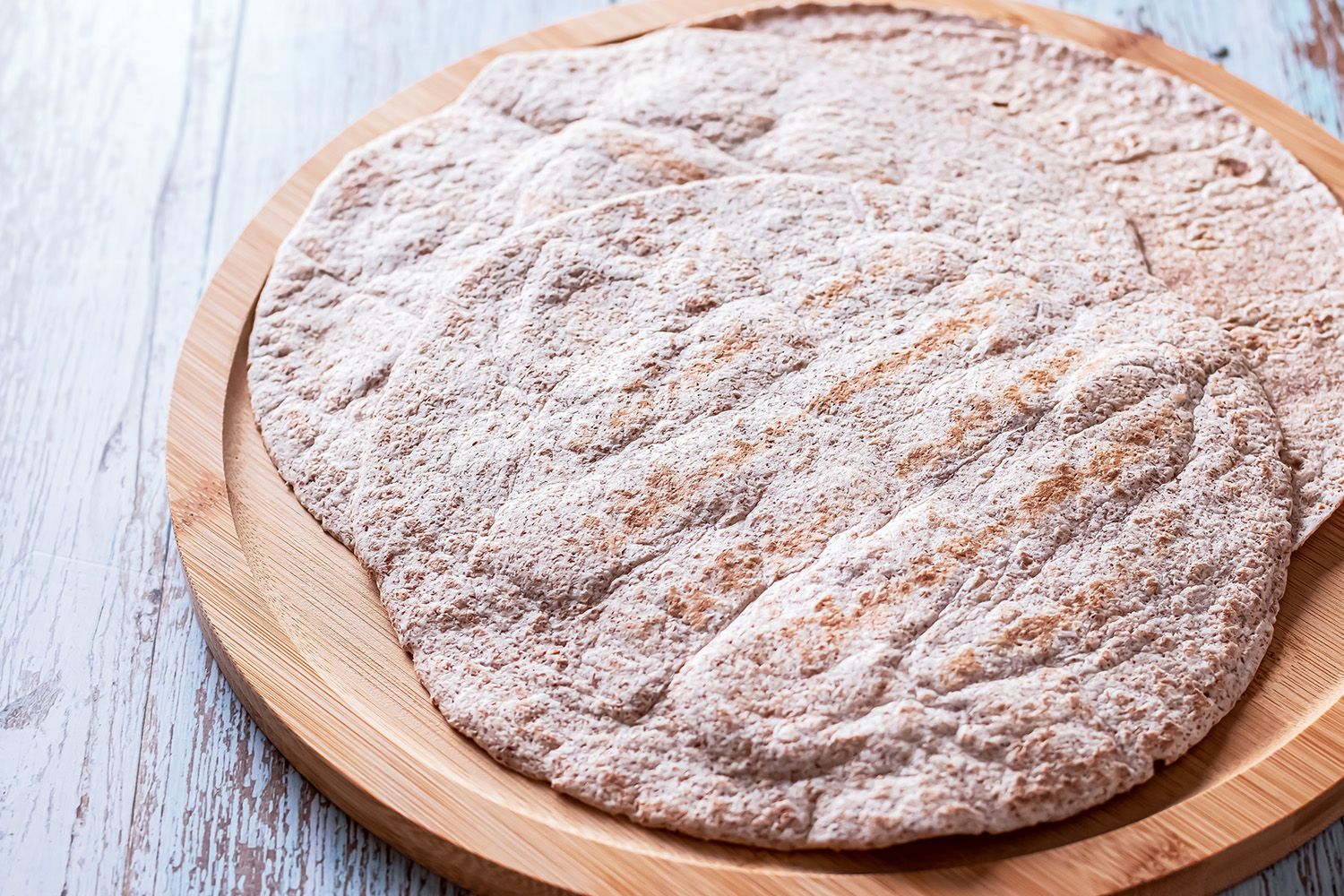As humanity has matured, we have begun to create products that are purely for ourselves, as opposed to being designed to adapt to nature in some way. Human-Centered Design puts the person at the center of the object, using empathy to identify pain points and solve them. A general sandwich is designed to be eaten with one’s hands, it has no bones or inedible components, and they are usually fairly stable and can be stored for travel. This makes them appropriate for any meal of the day, ideally suited for children, adults, and the elderly, and adjustable to many different dietary restrictions.
Bread: The Sandwich Backbone
Let’s draw our focus to bread, one of the key structural components of most sandwiches. Bread is a very human product – it requires agricultural infrastructure, processing, and control of fire or heat. Bread may be simple – flour and water mixed into a paste and heated – but its consequences are complex.
From a flavor profile perspective, there are three main contributions bread makes to a sandwich:
- Taste - Neutral white bread, also known as “sandwich loaf” is likely the most common bread style but arguably the least interesting in terms of flavor.
- Texture - Some sandwiches benefit from a floppy, soft piece of bread while others excel when made with firm, chewy slices.
- Type - Bread types like challah, sourdough, and the tortilla have unique attributes that set them apart.
Let’s draw our focus to bread, one of the key structural components of most sandwiches. Bread is a very human product – it requires agricultural infrastructure, processing, and control of fire or heat. Bread may be simple – flour and water mixed into a paste and heated – but its consequences are complex. Bread allows food to be shelf-stable without refrigeration, and grain flavors pair well with almost every protein or fat. Most importantly for our needs, it allows you to hold a sandwich in your hands without causing a mess.
From a flavor profile perspective, there are three main contributions bread makes to a sandwich. The first is taste – neutral white bread, also known as “sandwich loaf” is likely the most common bread style, but arguably the least interesting in terms of flavor. Dark rye bread has an earthy and slightly sour flavor that pairs incredibly well with smoked meats, specifically smoked beef. Picking the right bread to pair well with the remaining ingredients is one of the most important decisions you can make when designing a sandwich recipe.
The next focus is the texture, easily the most important attribute to consider and the most frequently ignored. Some sandwiches benefit from a floppy, soft piece of bread and others excel when made with firm, chewy slices. A hamburger with a medium weight fluffy bun that won’t become soggy from the meat juices is a wonderful way to have a meal. Crusty, white Italian bread like ciabatta or focaccia mix light and fluffy with a slightly sturdy texture and can be used with nearly any sandwich for great results. However, there are three crown jewels of the sandwich kingdom that outperform nearly all other types of bread when it comes to texture; challah, sourdough, and the tortilla.

Challah - Firm and Fluffy
Challah is a nearly perfect bread. It has a wonderful firm texture, while still being light enough that you can eat it effortlessly. The egg yolks, honey, and oil mixed with the special preparation structure are the cause of this, as multiple long braids allow for the dough to expand more than other types of bread. Challah is also unique in that it can be sliced lengthwise or horizontally, both resulting in a very different sandwich structure. The horizontal slices lend themselves well to a grilled cheese sandwich, as they give you a better surface area to grill in a pan. The lengthwise slice can make the perfect hamburger bun.

Sourdough - Complex and Varied
Sourdough is a bit of a complex descriptor for a bread since it technically refers to any bread made with natural yeast. The secret to a “sour” sourdough is the inclusion of lactobacillus, naturally occurring bacteria that produce lactic acid. When this bacteria is allowed to ferment and mature with the yeast during bread-making, bubbles form that give sourdough its airy texture as well as its flavor. Since yeasts and lactobacillus vary depending on the region, this means that a sourdough starter formed in San Francisco will likely taste very different from one made in New York or Hong Kong. That being said, the San Francisco variety is incredibly famous and is the flavor and style that many bread companies try to replicate around the world – so for our purposes that will be what we mean when we say “sourdough”. San Francisco sourdough is a chewy, slightly tangy, and earthy bread and is often made with whole wheat and has a crunchy, semi-hard crust.
Sourdough is a natural sandwich bread because it accents cheeses and fatty flavors well while having enough structure to handle wet ingredients well. This is especially obvious when you see a sourdough bread bowl that effectively can hold an entire bowl of soup without leaking. You also can choose between a wide levain slice or a long sourdough baguette for your sandwich, as both styles make excellent use of the airy texture and crust to a different degree.

Tortilla - Minimum Viable Bread
The final ultimate sandwich bread is an understated contender – the tortilla. Flatbreads have a long history with sandwiches, but the Mexican-style corn or flour tortillas are certainly the most popular, worldwide. The tortilla is very thin, slightly chewy, rolls up well, and is the preferred bread for wraps and burritos. Heat affects tortillas more than most bread, allowing them to reach their full potential. There is something truly special about a char-grilled quesadilla or a finished burrito that has been put back on the pan to brown after assembly.
Tortillas are easy to make at home and inexpensive to purchase. They pair well with every cuisine and, if you let them go stale, you can fry them in a pan and turn them into chips. They are one of the preferred foods for astronauts in space, where they are significantly more convenient than other bread as they don’t generate crumbs – a serious potential hazard in a zero-gravity sealed environment. They are also stackable, so very easy to store.
As we compare these three bread textures, you can see that they represent very distinct overall styles and approaches to the sandwich. The challah is light and fluffy and provides a solid base and a strong identity entirely separate from the core ingredients. The sourdough is tart with layered textures that pair well with fatty ingredients. The tortilla represents an entirely different sandwich structure, either as the thin quesadilla or the illustrious wrap – it allows you to truly express the sandwich through the core ingredients. Each bread-base is different from the other, and each is excellent at performing their role as the exterior shell of the sandwich. They have a certain human ritual preparation at the center of their identity and change depending on the regional customs.
Beyond bread, we have the actual fillings which really bring the character and definition of the sandwich. Anything can go inside a sandwich, but certain things work better than others. Some people don’t think a sandwich is “truly” a sandwich unless it has meat inside, and while they may be incorrect, including a protein with a strong identity is a good idea. Nut butters, cheese, meat, or a plant-based protein all work to fulfill this purpose, but with these alone, a sandwich can be one-dimensional. When paired with different vegetables, sauces, and spreads, the character of a sandwich really begins to thrive and take on its own identity, separate from its ingredients. This is possibly the most human aspect of the sandwich, when it becomes distinct enough to earn a name, like the Club, the Reuben, or the Monte Cristo.
We dive into ingredients often in this book, so let's explore the elements of design as it applies to sandwich proteins. In many cultures, meat on the bone and seafood in shells are considered the most delectable varieties, but they have no place in a sandwich. When you take a bite of a sandwich, you should be able to cut clean through any part with your teeth, without having to spit out any bits. This rules out things like chicken wings, T-bone steaks, and clams from being standard sandwich ingredients, at least without significant processing and bone removal.
The ability to slice a meat or cheese is a subtle determinant of sandwich ingredient popularity. While spreadable cheeses, shredded meats, and butters are fairly common, sliced hard cheeses and deli meats do make up the majority of sandwiches. Sliced ingredients are easy to scale and match to bread thickness while also fun to layer in different ways when experimenting with texture or melting processes. Also important to note is butchers and delis prefer to sell sliced meats and cheeses, as it makes it easier for them to buy whole meats in bulk and then portion out the products by weight. This natural business preference directly results in supermarkets being optimized to sell you everything you need to make a sandwich.
Sandwiches can be eaten at the dinner table, in the car, a picnic, or really anywhere. They are simple and easy to prepare, store, and eat and this is representative of their exceptional design. They are adaptable and fun, and the recipes are open enough as a starting point that you can really invent your own sandwich. Design is all about pairing balance with creation, which is coincidentally what sandwiches are also all about.



